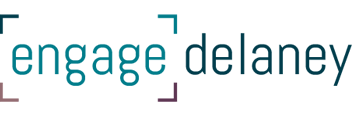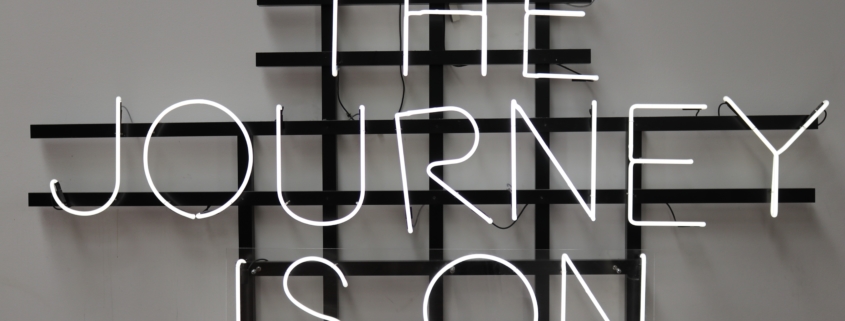Continuous Improvement
by Richard Delaney, President
It starts with knowing things could be better. What comes next is intention, combined with follow through, to change. That’s the hard part.
When I started Richard M Engage Delaney 25 years ago, the mission was and still is … more and better engagement – both in the work we do and for the people we train. Since the arrival of COVID-19, Delaney has put its training products online and has had the pleasure of meeting virtually 825 participants who want to do engagement better.
I have a soft place in my heart for them. Their biggest challenge will not be doing better engagement, but rather getting their organizations to let them. This is a common theme running through the “fears and frustration” pre-course survey question we ask: How do I get my organization to use more than one or two different techniques? How do I get the team to better align the engagement process with the objectives we’ve set?
This situation is more than a frustration. It is a real risk. If organizations only use the same few techniques they have previously used they are failing to align their engagement efforts to an appropriate level on the Spectrum and are therefore chronically over or under engaging.
So, in a recent training during a virtual focus group simulation, I pitched the question. Here’s what the five participants came up:
- Point to the evidence – in similar-sized organizations that do engagement well, the range of techniques they use, and the results achieved using the technique you are suggesting
- Bring the evidence – in the form of an engagement specialist from a high-performing organization to visit (virtually) your organization to talk about how they use the technique and the results achieved
- Market and promote – the concept of objective-driven design and the benefits of using a technique that better aligns with defined engagement needs, so people are “primed” to do things differently
- Pilot – a new technique to “test drive” it on smaller / low-risk engagements, both internally and externally to document process and results for future presentations
- Demonstrate – different ways of doing engagement during internal meetings on a regular basis, let people see there is variety and better ways to design conversations to be focused and productive
Of course, these suggestions didn’t spill out of the conversation in such a neat and tidy list. Using the technique in a 10-minute simulation, we crafted them together – the way techniques are supposed to work. And then the concluding comment from one of the participants: These aren’t just tactics to be employed when needed; these make up a strategy you could start using tomorrow so that when the need to use a new and different technique arises, you have already primed the pump.
Thanks to Jess, Nicole, Lisa, Sabine and Phillipa for volunteering!




